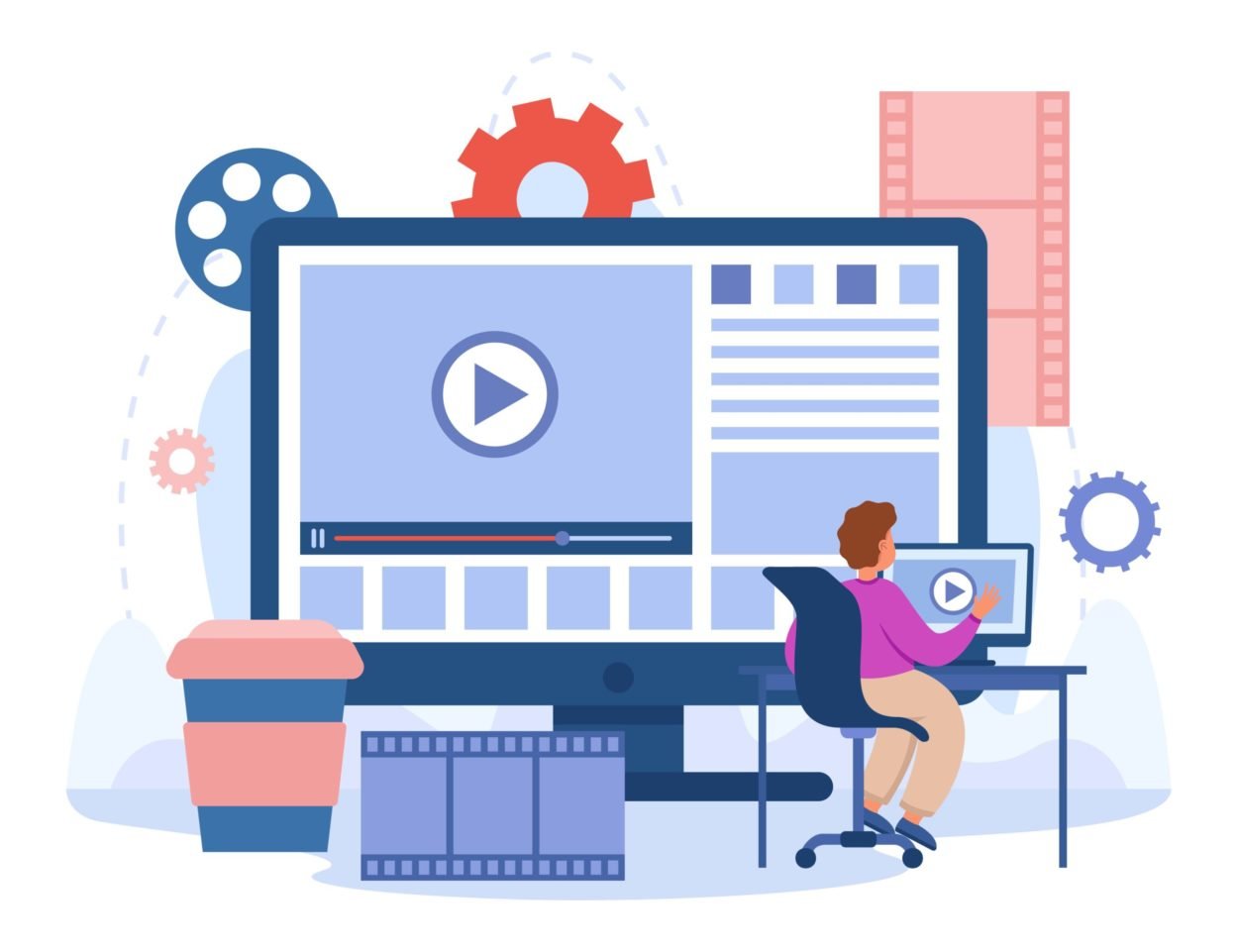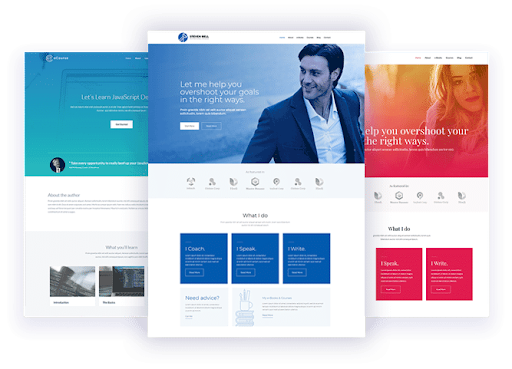So many things, from technological considerations to content development, go into making an e-learning course. You may find that your “mission impossible” is feasible after all if you break it down into manageable chunks. There is usually a lot of work involved in making an eLearning course. And you’re still scratching your head over how to design a high-quality, effective e-learning course? If this is your first time taking an eLearning course, you’re probably worried and unsure about what to do next. It is possible to create eLearning courses tailored to your organization’s unique requirements for instruction.
Table of Contents
ToggleEasily Create eLearning Courses
If you read this guide, you’ll have a firm grasp of the fundamentals and know exactly how to start making your own eLearning courses.
1. Know Your Audience

If you’re teaching a class of students just starting to learn Spanish, don’t write the entire course in Spanish. This may seem like an extreme case of an eLearning designer’s failure to understand their audience, but think about how similar it is to presenting a beginner PHP course that includes sophisticated words without providing context.
When working on a project, designers sometimes assume that their audience is uniform and treat them as such. This, however, disregards your target audience’s fundamental demographics, as well as their technical talents, prior knowledge, and plans for putting your information to use.
2. Content Analysis

Once you have established the need for training and identified your target demographic, you can go on to an examination of the material itself. No matter how well you organize your course, it will be useless if the information you provide is of no use to your target audience. For this reason, this is a crucial stage.
You must track down data that is tailored to your needs. We achieve this by analyzing the material and classifying it into the following:
- Categories
Declarations, Operations, and Placement.
- Types
Facts, ideas, concepts, methods, procedures, principles, social abilities, and worldviews are all distinct classes.
- Structure
Defining these categories and kinds enables us to recognize the interconnectedness and importance of each piece of information, the most prominent category, information gaps, and how information should be presented.
3. Learning Objectives- Create eLearning Courses

Beginning an eLearning course without first identifying the knowledge and abilities you want your students to acquire is like embarking on a journey without a final goal. Not ideal for eLearning, but maybe for an independent film about four friends on a quest to discover who they are.
Setting attainable, meaningful, and time-bound (SMART) learning objectives is necessary before tackling this daunting task.
- Specific
Know the answers to queries like “Who are my learners?” So, what are we hoping to achieve?
- Measurable
Ability to track or monitor results. If it doesn’t, then it’s not a very good goal.
- Achievable
Make sure your targets are both measurable and doable. This entails planning well for the constraints of time and money.
- Relevant
The key to a successful goal is making sure it makes sense to the people you’re trying to reach. Make sure the goals are worth the time and effort by understanding why they are important and what effect they will have.
- Time-sensitive
Will students be able to do this by the conclusion of the semester? If it doesn’t, it’s not plausible or even worth thinking about.
Choose an authoring tool that is right for you
Your eLearning course’s success or failure may largely hinge on the authoring tools you employ. For this reason, choosing an eLearning authoring tool that provides both the capabilities and functionality you want and the ease of use you want is crucial. It is important to evaluate the expertise of your eLearning staff to arrive at the most suitable choices. It would be best to search for eLearning authoring solutions that provide a happy medium between extreme customization and tedious manual labor.
1. Choosing The Right Platform
To simplify the process, we advise utilizing WordPress with an LMS system and an eLearning theme. We advise using the LearnMate LearnDash theme for excellent results.
2. LearnMate LearnDash Theme

The layout, designs, typography, color schemes, and much more are all provided by the LearnMate LearnDash theme, and it supports the plugins and add-ons that make your website’s UI user-friendly, quick, and responsive. Wbcomdesigns’ LearnMate LearnDash theme offers a variety of templates and tools.
3. Some of LearnMate LearnDash Features
- You can design the whole website in just a few minutes by importing and downloading the demo.
- The LearnMate LearnDash theme’s robust page builder allows you to express your vision freely.
- The style of your store’s web pages may be modified in many ways to give customers a real feel for shopping there.
- Several different course designs are available to make learning more engaging and enjoyable.
- WooCommerce, Stripe, bbPress, BuddyPress, and many other plugins can be easily integrated with minimal effort.
- We provide dark and distraction-free reading modes to help students focus on the material.
- The flexibility of their grid and listing options, as well as their several header styles, single-course layout options, fonts, and skins.
- There’s also a function called “Course Review” that compiles student feedback. Once again, this is a fantastic strategy for boosting revenue.
- The LearnMate LearnDash theme has many more features. Many other features will make running your eLearning platform a breeze; they’re all included in this theme.
4. Choose a cloud-based learning management system
Being an eLearning expert in the modern technological age is fantastic because of the abundant materials available to you. With a cloud-based LMS, you may create an eLearning course from scratch. Signing up for one of these fantastic platforms, such as LearnDash, LifterLMS, LearnPress, SenseiLMS, or Tutor LMS, allows you to easily incorporate your custom content and a wide range of graphics and multimedia elements into an eLearning course without having any prior knowledge of instructional design.
These cloud-based LMSs also let you build a study schedule for your students that shows when they are due to work and when they will be attending educational activities. Find the cloud-based LMS that meets your requirements and, more crucially, those of your target audience by researching a few of the accessible possibilities. You should also be aware that many cloud-based LMSs have recurring costs. Then you can decide if the features and functionalities are worth the price tag you’ll be putting on them.
Also Read: Top Online Employee Training Tools
5. Storyboard Your Content
A storyboard is a visual layout used to plan the placement of images, text, and other components on a page. Before spending hours perfecting the design of your page, you may get a feel for how it will look by creating a mockup.
Make sure your material is approved before moving on to the design process. No material should be planned if the client or team managers have the option of vetoing its use.
6. Prototyping- Create eLearning Courses
Construct a functional prototype of a course module to verify its viability. A course’s overall feel and functioning may be summed up in its prototype. It is also put to use in the testing of technological capabilities. To avoid spending time and money on a poorly performing course design, eLearning developers may swiftly test out several course iterations and reject those that don’t work.
7. Create the Course- Create eLearning Courses

The next step is to develop the entire course after your prototype has been accepted. Focusing on the course’s initial goals and difficulties will help guarantee that the final product effectively addresses those concerns.
One last thing you need to do is think about how to satisfy your students’ demands best while designing the course. The best eLearning designers utilize a variety of approaches. Popular approaches include ADDIE/SAM, Gagne’s 9 Principles, and Action Mapping.
8. Embedding media and additional resources via links
Links to movies, presentations, and other web resources can be embedded directly into an eLearning course if you don’t have the resources or expertise to produce your multimedia assets. This allows your students’ easy access to relevant content without the time-consuming process of searching the web for relevant media. Many videos and online presentations, such as those found on YouTube, may be played immediately within an eLearning course, giving it a more polished and professional appearance.
9. Keep video, audio, and graphic elements easy and simple
It’s easy to get carried away when adding multimedia to your eLearning course. You might be tempted to overwhelm your students with too many visuals or media files, such as movies or podcasts. Please don’t give in to it. Keep things basic and uncomplicated. Please feel free to use complex eLearning scenarios and simulations in your course design and delivery.
Still, it would help if you didn’t consider it obligatory. Minimizing the number of moving parts (videos, audio, and graphics) in an eLearning course makes the design and production process more manageable. It ensures that the subject matter remains front and center. Please pay close attention to the material itself, and ensure that everything you add fits the overarching aims of the teaching. To prevent mental overload, use bullet points or bolded titles instead of long text passages.
Conclusion of Create eLearning Courses
Creating the actual course materials might be one of the more difficult parts of making an eLearning course. But you’ve never been one to back down from a test! So, take advantage of these simple guidelines for making an online course, combine different kinds of information, and see your eLearning initiatives take off.
We hope this resource proves useful to you as you create training materials for use in online settings. Webcom Designs provides free consultations if you need help making an eLearning course.
Interesting Reads:
What Are The Four Main Types Of Project Management Software?








